From creating new permeable surfaces, to redirecting freshwater, to just using less water, we're on our way to making a positive impact as humans! Some of our solutions are things we even see here on Sauganash's school grounds! Who knew! Our parking lot and areas around the school contain permeable pavers, and the sewer caps educate people about where the water can eventually end up!
|
After careful thought and planning, fifth graders are wrapping up their Clean Water/Dirty Water unit by creating realistic solutions to water-related problems they identified. From creating new permeable surfaces, to redirecting freshwater, to just using less water, we're on our way to making a positive impact as humans! Some of our solutions are things we even see here on Sauganash's school grounds! Who knew! Our parking lot and areas around the school contain permeable pavers, and the sewer caps educate people about where the water can eventually end up! We're also seeing how what we've figured out about water connects to other places in the world. We've been reading A Long Walk to Water to recognize how other parts of the world are dealing with water-related issues, too!
Once we figured out how our drinking water was made clean enough to consume, we were off to answer remaining questions on our DQB that centered around:
1. How Lake Michigan is refilled since we're constantly taking water out of it! 2. The "Mystery Pipe" in the sewer system... We turned to a video investigation idea to help us with how the lake refills, figuring out that rain can't possibly be the only way the Lake refills. We totally had an aha! moment when we realized that runoff and infiltration play a role in refilling it!
We also realized that the "mystery pipe" was pretty mysterious, and while we had initial ideas regarding it's destination, we turned to our very own Water Reclamation District for some help!
Of all the information that we read through, THIS picture below caught us off guard! If the entire reservoir system gets too full, the sewer OVERFLOWS into a waterway. In our case, this is the Chicago River. YIKES!
There are so many problems with this, and we began identifying them left and right. Between the two classes of fifth grade, we came up with system problems after we felt we answered our Driving Question for the unit.
We'll be thinking about how we can solve these water-related problems...
And we also wanted to see just how many questions we could answer that we asked throughout our unit... And boy, are we proud! Our DQB is virtually empty of questions! We answered SO MANY! After doing some more "figuring out," we figured it out...and it makes sense!
The water purification process starts out in the cribs and eventually ends up in our homes, clean enough to drink. Since some of the values we tested decreased, we knew things had to be removed from Lake Michigan. Other values increased, which meant things were added! In order to remove things, we figured out about coagulation (making particles stickier and ultimately bigger so they could sink and/or get trapped), filtration (with sand and gravel JUST LIKE GROUNDWATER!!!) and disinfection (usually with chlorine) to kill out any remaining bacteria. Our Driving Question, "Where does our clean water come from and where does it go once we make it dirty, is totally making sense! We've got two last stops still, though... There's this mystery sewer pipe we don't know a lot about still... And we're thinking that freshwater is really, really important, we should think about ways to conserve it and protect it! We've got some engineering to do! So after attempting to clean the dirty water we made, and coming to consensus, we hands down agreed that the groundwater is cleaned by the earth materials it travels through! We even wanted to do our own models on a larger scale (but didn't get much luck since it's still just WAY too small compared to the earth's ground!). Our next steps were to figure out more about our own water...and this prompted for new investigation ideas: Through research and Google Maps, we found out the following: Through research and Google Maps, we found out the following: 1. Our source of water here in Chicago is Lake Michigan. 2. Water is removed from Lake Michigan by a water crib! 3. There's a building near Lake Michigan's shores called a Purification Plant! Many students had also wanted to test water as a way to figure out more about it... So we tested water both in class...and outside of class! Mrs. Brinza went all the way to the Lake for students! Click HERE to see the videos and see the comparison results! Now we're really wondering what's going on at this Purification Plant since some of the substances we measured in the water decreased and others increased! This means we're thinking that not only are things removed from Lake Michigan's water, but some things are added!
Mrs. Brinza built a physical model to help the class process this newly generated idea. And after using marbles as "water particles," and styrofoam/ping-pong balls as other dissolved particles in the water, we figured out that YES, the ground naturally filters the water such that only water is left deep in the ground, where a well is drilled. Students created their own models to explain their thinking! All this talk regarding groundwater being clean made us wonder something...
That dirty water we saved from the beginning of our unit which Mrs. Brinza still hasn't thrown away... Could we try to "clean" it by using earth materials? So WE DID! And the results are astounding...see what the water looked like BEFORE it went through earth materials and what it looked like after! Now granted, our models are really small compared to a real well that's built into the ground to capture groundwater...but this is amazing! With our new found discovery that groundwater is such a thing, we had a slew of questions surrounding it! Our first steps were to figure out how it actually gets into the ground!
Using a physical model (we used paper cutouts for earth material particles and marbles for water--and we were so into it Mrs. Brinza forgot to snap a pic!), we figured out how water particles squeeze around earth material particles. We remembered from our microscope tests that we could visibly see a sand particle but never a water particle, so we recognized that there was a huge size difference between these different particles. We put our thinking into a 2D model as we worked towards consensus...water gets into the ground as gravity pulls the particles to the center of the earth. Each water particle can meander around the earth particles, until it can no longer gravitate downwards, eventually becoming stuck! We officially defined two important types of materials--those that allow water to move through them (permeable) and those that do no allow water to move through them (impermeable). After much discussion, we're recognizing that permeable materials are WAY better than impermeable ones. Permeable materials put water back into the ground, instead of putting usable freshwater into the sewer system. This got us thinking a bunch of things: 1. As water goes deep into the ground, how clean is it since water particles are way smaller than any other particle that may be with it? Does the ground act like a natural filter? 2. How do they actually get the water out of the ground using a well? 3. If groundwater is so important, how can we help make sure water ends up back in the ground and not in the sewers? (Seems like we have some engineering to do!)
After brainstorming some ideas around how people might get their freshwater if they don't live near a body of freshwater, Mrs. Brinza made a public post on Twitter asking people where they got their water from. The responses were really interesting!

We were mesmerized by the amount of people that mentioned something about well water and groundwater. We're not so familiar with this here in Chicago, right next to a REALLY BIG LAKE! So we began thinking that this popularity around water in the ground was a real thing! We had so many new questions about it...but Mrs. Brinza also found a video of a survivalist actually digging for water...
So if so many people use groundwater, and this survivalist found it in the middle of nowhere, is it more common than we think? We wanted to see if maps of groundwater exist...and they do! Here's a map that that exists of aquifers (places that store groundwater) in the US.
So for real now. If people have NO freshwater nearby, what do they do? A lot of us have been to parts around the country we looked at with Google Maps and didn't think twice about the fact that those places didn't have water.
So after developing some initial models, we had lots of ideas, which we summarized together below. Between transporting water, lots of pipes underground, borrowing water from others, and more and more pipes, we set off to figure out some investigation ideas. And the number one idea seemed to be: *Use people as our resource! We should talk to people who live in one of these places that don't seem to have freshwater nearby. Mrs. Brinza will use the power of Twitter (or the phone since someone suggested calling people, too). Recognizing that there was so little freshwater on the Earth's surface, we decided to actually see if there were little pockets of freshwater for people to use as their drinking source. After turning to Google Maps, we kind of came up short. We sat in a scientist circle trying to make sense of our use of Google Maps as we looked for freshwater near various cities across the United States. Here's what we figured out:
1. Some places in the US have literally NO freshwater nearby...like for miles and miles. They may be close to salt water, but we have figured out that cleaning salt water through boiling it is lengthy, expensive and doesn't produce a lot. 2. Some places do have freshwater nearby, but the size of those bodies of water are small. They can't possibly supply enough water for each person in the population (the average person in the US uses 90 gallons of water daily). 3. Some of the freshwater sources near people are rivers. We're concerned that towns/cities would get their drinking water from the same place that treated water ends up. SO WHAT DO PEOPLE DO!?!?!?! Where do they get their freshwater from if they don't have ANY nearby?!?!?! Since there's WAY more salt water than freshwater on the Earth, we're figuring that it has to be cleaned in order to make it drinkable! We brainstormed some ways, and agreed if we boiled the water, we could catch the water that evaporates and a taste-tester could determine if the water had the salt removed! We certainly got some freshwater from this process! Our tastetasters were happy! BUT...and there's always a but...
1. We got such little water....like three drops from boiling the water for nearly fifteen minutes! 2. When we calculated energy costs to heat the water, our city would spend nearly $1.5 million a day! A DAY!!! We've got a lot of people in Chicago, and that's a lot of money to spend on this process. We're thinking that people can't use this process to clean salt water. So what do they use as their water source? Is there other bodies of freshwater nearby that we're excluding? Maybe we'll turn to research and Google Maps again to help us figure out where they can be getting their freshwater from! |
Mrs. BrinzaThere's nothing better than a nice cold glass of water. But have you ever thought about where it comes from and where it goes? We'll be working to figure this out (and many other phenomena along the way)! Archives
February 2020
Categories |





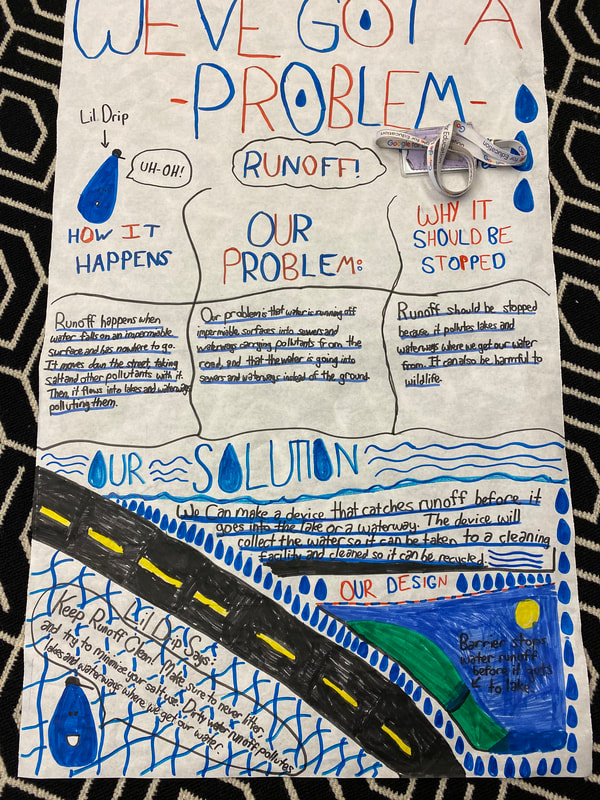


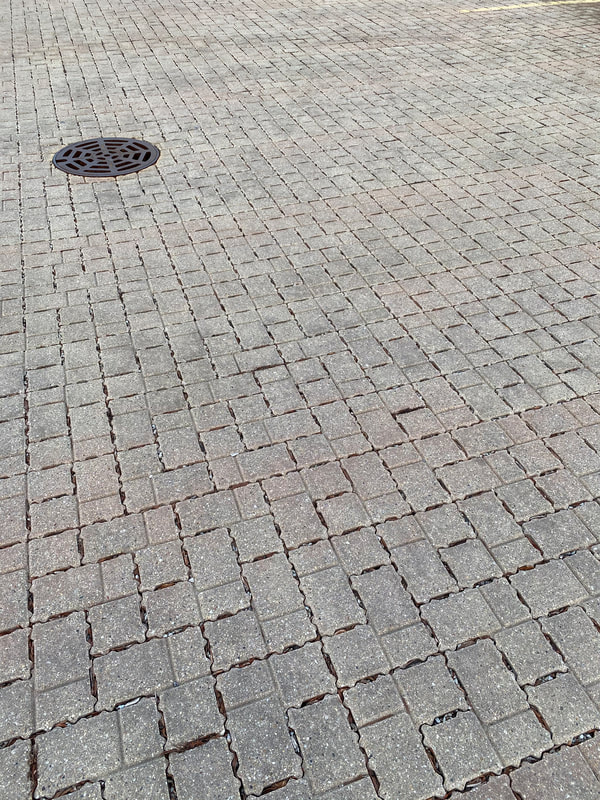

















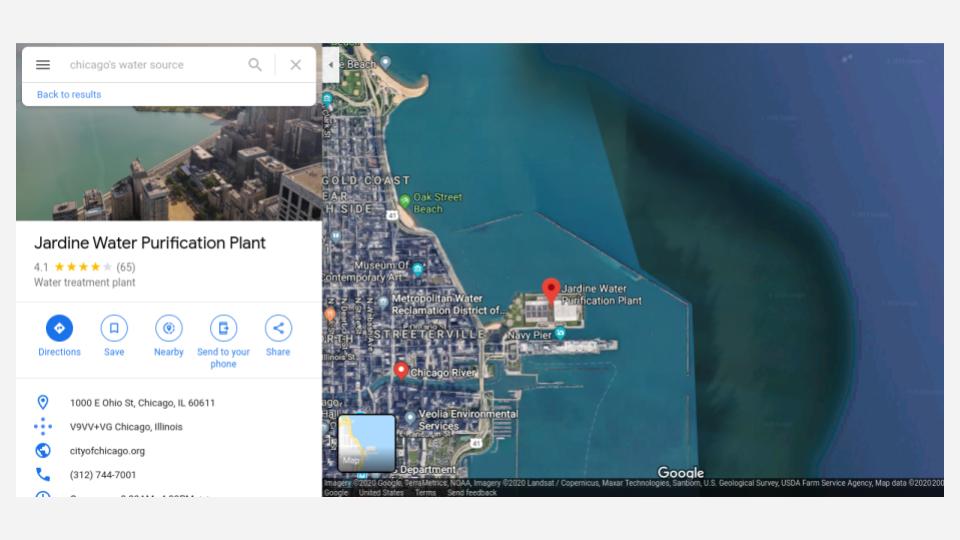

















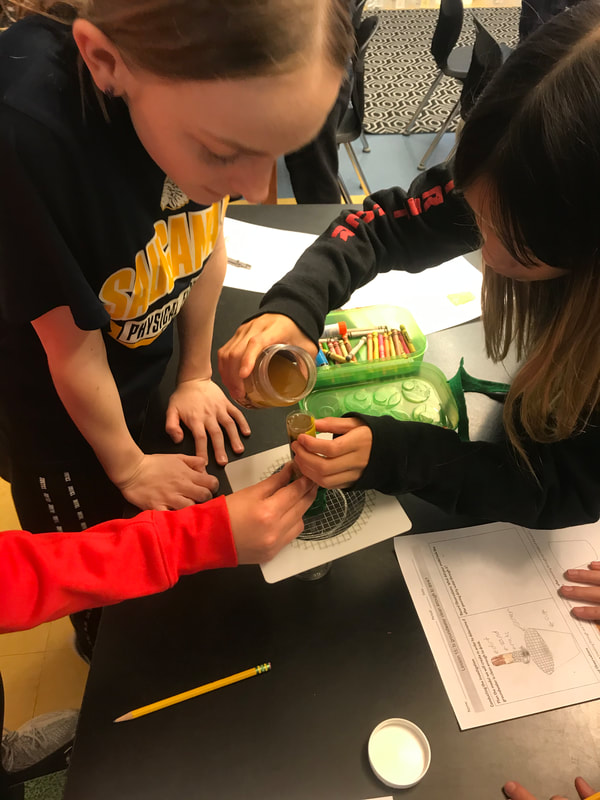









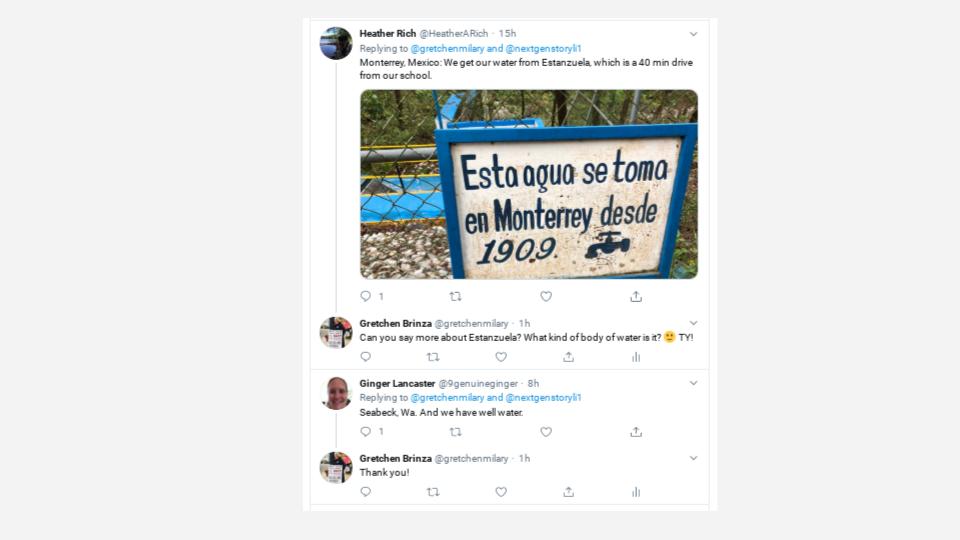








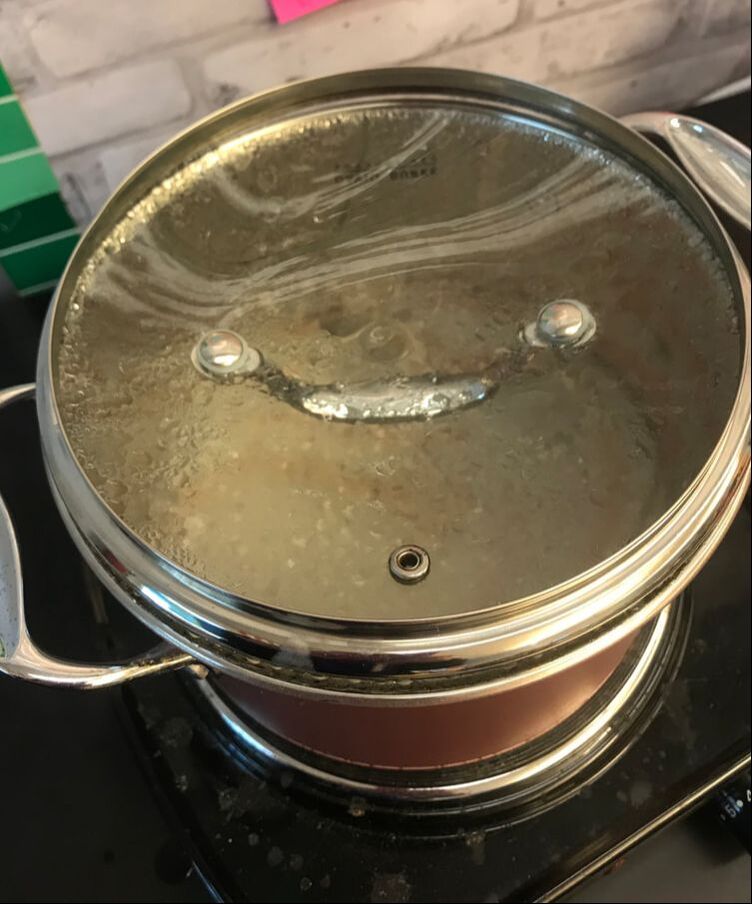


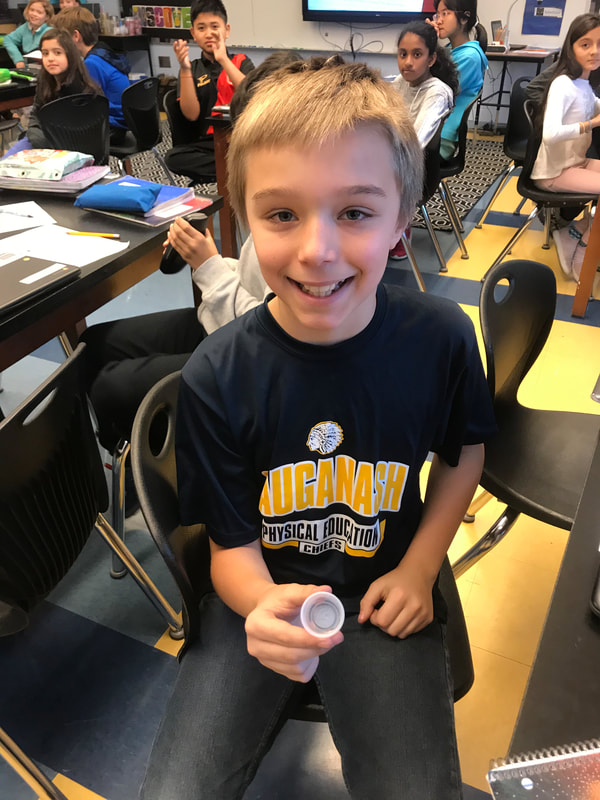
 RSS Feed
RSS Feed